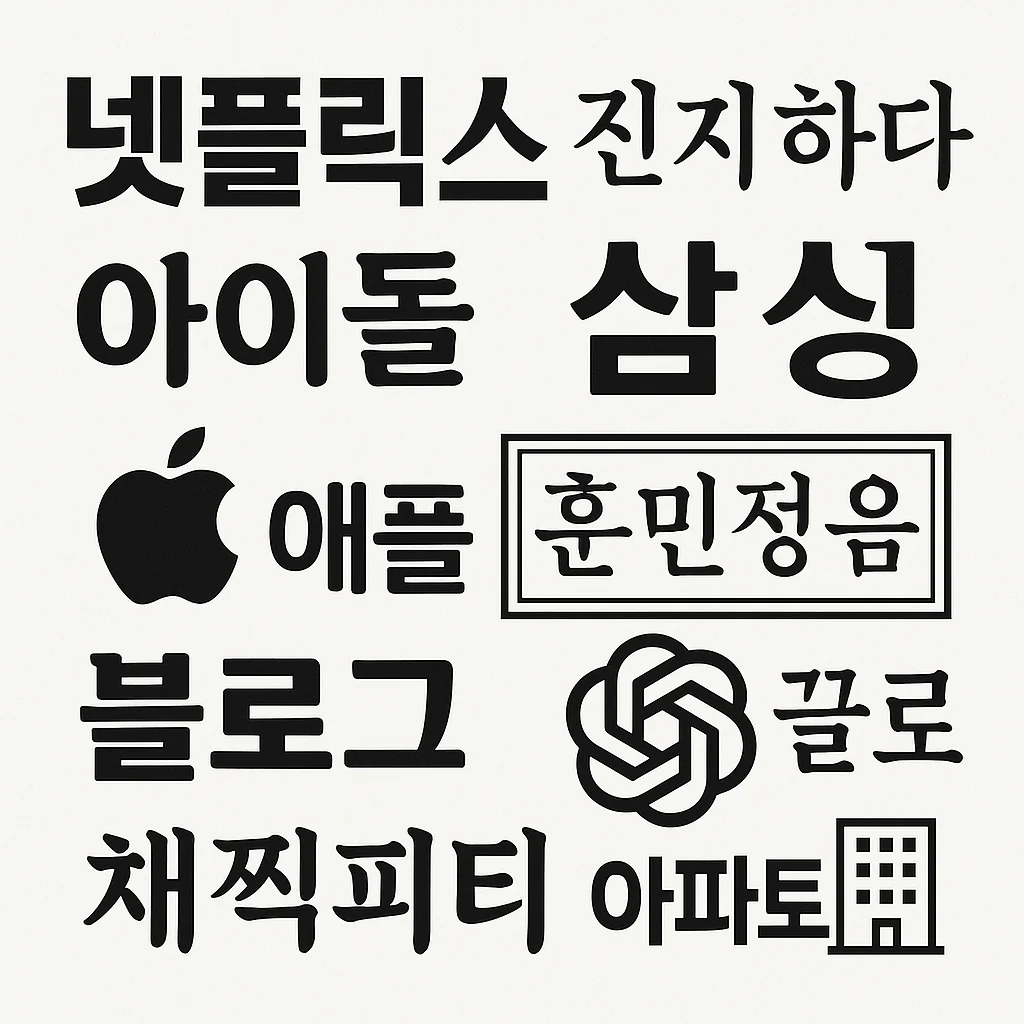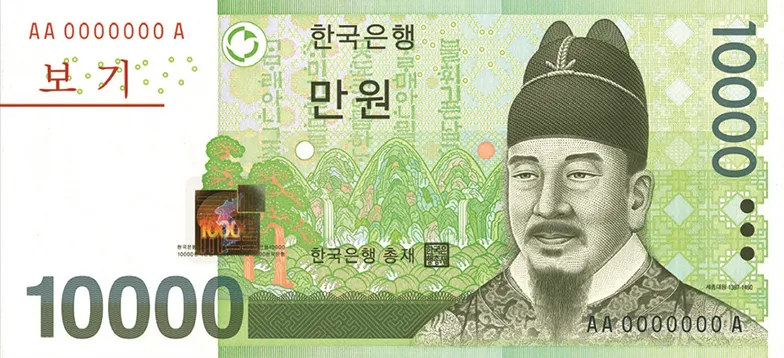Hangul is a unique script from Korea that has gained global popularity alongside Korean dramas, movies, and K-pop.
However, there is actually not much we know about this fascinating writing system.
Even Koreans who use Hangul every day are often unaware of many intriguing facts.
In this post, we will explore the hidden stories and amazing features of Hangul that anyone can easily and enjoyably learn about.

1. Hangul was created by King Sejong in 1443 and promulgated in 1446.
2. Hangul was solely developed by King Sejong. Although it is commonly believed that scholars collaborated in its creation, this is a misconception.
3. Hangul was initially called ‘Hunminjeongeum’ upon its creation.
4. The purpose of creating Hunminjeongeum was to make it easy for the people to learn and use.
5. Hunminjeongeum means ‘the correct sounds for teaching the people.’
6. Hangul consists of 14 consonants (ㄱ, ㄴ, ㄷ, ㄹ, ㅁ, ㅂ, ㅅ, ㅇ, ㅈ, ㅊ, ㅋ, ㅌ, ㅍ, ㅎ) and 10 vowels (ㅏ, ㅑ, ㅓ, ㅕ, ㅗ, ㅛ, ㅜ, ㅠ, ㅡ, ㅣ).
7. Initially, Hangul was made up of 28 letters (17 consonants and 11 vowels), but currently only 24 letters are in use.
8. Out of the original 28 letters, 4 (ㆍ, ㅿ, ㆁ, ㆆ) are not used in modern Hangul.
9. The principle of Hangul’s creation is documented in ‘Hunminjeongeum,’ which is a thin book of just 28 pages.
10. Hangul consists of three components: initial (초성), medial (중성), and final (종성).
11. Hangul can combine 19 initial consonants, 21 medial vowels, and 27 final consonants, allowing for over 11,000 possible syllables, though only a subset is actually used.
12. The principles of Hangul’s creation are detailed in ‘Hunminjeongeum Haeryeobon.’
13. The principle of ‘Samjae’ in Hangul symbolizes the harmony of heaven (천), earth (지), and humanity (인).
14. The basic consonants of Hangul were created based on the shapes of the speech organs.
15. The basic vowels of Hangul symbolize heaven (천), earth (지), and humanity (인).
16. Hangul allows for the combination of consonants and vowels to create various syllables.
17. Hangul has been designated as a UNESCO World Heritage.
18. Hangul is used in both South and North Korea.
19. In North Korea, Hangul is referred to as ‘Chosun-gul.’
20. Hangul Day is celebrated annually on October 9 to commemorate the creation of Hangul and is a public holiday.
21. Hangul Day is commemorated on October 9 in South Korea and on January 15 in North Korea.
22. Hangul Day began in 1926 as ‘Gagya Day’ and was called ‘Hangul Day’ starting in 1928.
23. Hangul is recognized globally as an easy-to-learn writing system, relatively simple for foreigners to master.
24. Being a syllabic script, Hangul makes it easy to create new words.
25. Hangul can represent both dialects and the standard language of Korean.
26. Foreign languages can also be phonetically represented in Hangul.
27. Hangul can be used with punctuation marks to allow for various expressions.
28. Traditionally, Hangul was widely used in calligraphy, and it has since evolved into various typefaces.
29. Hangul has significantly contributed to improving literacy rates.
30. Hangul is a syllabic script suitable for expressing a diverse vocabulary.
31. Hangul is an effective script for visually conveying spoken language.
32. Hangul is the only writing system in the world with a clearly identified creator, creation period, and principles.
33. Initially, Hangul was written vertically, while horizontal writing only became official after 1946.
34. During the Joseon Dynasty, Hangul was derogatorily referred to as ‘Eonmun’ (a dismissive term for Hangul).
35. The official name for Hangul was designated as ‘Hangul’ by Ju Sigyeong in the 1910s.
36. It is included in the official language list of the Patent Cooperation Treaty (PCT).
37. It is a language in which onomatopoeia and mimetic words are highly developed (with diverse expressions).
38. Hangul is designed to be simple enough to learn in just a few hours.
39. There are statues and monuments in Korea honoring King Sejong and Hangul.
40. Some ethnic minorities in Africa and Southeast Asia have considered adopting Hangul for their own language notation.
41. The Chia-Chia people in Indonesia adopted Hangul as their official script starting in 2009.
42. Only one of the three original copies of Hunminjeongeum exists today and is designated as National Treasure No. 70.
43. Research indicates that the text compression rate of Hangul is superior to that of Roman letters, making it efficient for information storage.
44. “Yongbieocheonga,” recorded in Hangul, is one of the first literary works written in Hangul, dating back to 1449.
45. The portrait of King Sejong is used in the design of South Korea’s 10,000 won banknote, alongside parts of “Yongbieocheonga.”





